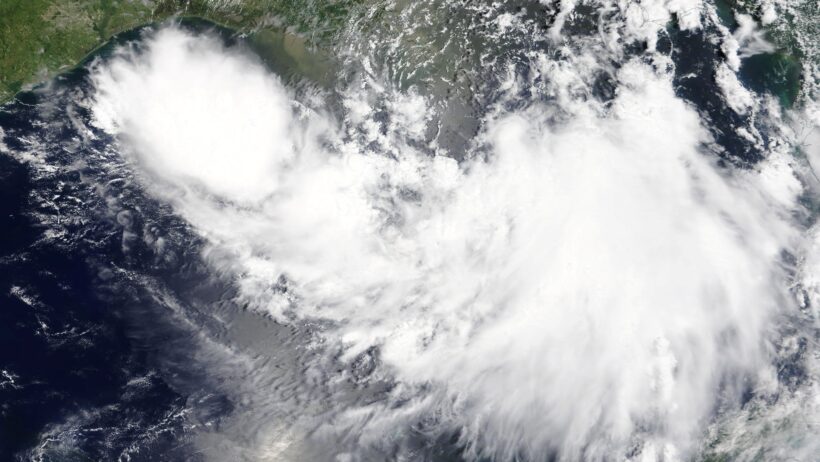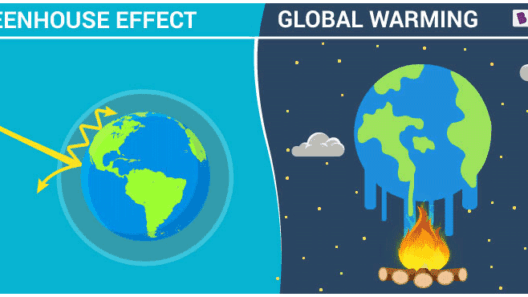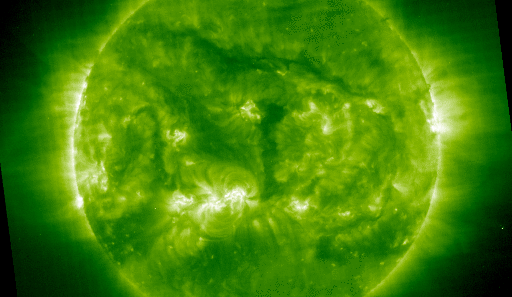The interplay between climate change and tropical storms has garnered considerable attention in recent years. The increasingly severe nature of these storms has become a focal point of discussion within both scientific communities and the public sphere. As natural disasters become more commonplace, a fundamental question arises: how is global warming influencing the power and frequency of tropical storms?
Tropical storms, which encompass a range of phenomena including hurricanes, cyclones, and typhoons, are characterized by their sustained winds of over 39 miles per hour. These storms typically form in warm ocean waters when tropical air masses interact with adequate moisture and wind conditions. As the planet warms, ocean temperatures are rising, creating a conducive environment for these storms to develop. This warming is not merely a statistical anomaly; it is intricately linked to human activities, particularly the combustion of fossil fuels and deforestation, which lead to an accumulation of greenhouse gases in the atmosphere.
A noteworthy observation is that warmer ocean waters provide an energy source for storms. This phenomenon is scientific yet straightforward; the more heat available, the more intense the storms can become. Recent research indicates that for every 1-degree Celsius increase in sea surface temperature, the potential for storm intensity can rise significantly. This correlation produces storms with higher wind speeds and increased rainfall, introducing a cascade of downstream effects such as flooding, destructive winds, and storm surges. Indeed, unprecedented deluges have been witnessed in regions that were previously less prone to catastrophic flooding.
Moreover, the atmospheric conditions that accompany these storms are also shifting. Warmer air can hold more moisture. Understanding this relationship is critical; enhanced moisture in the atmosphere leads to increased precipitation during tropical storms. Consequently, regions become inundated with rain within much shorter time frames, elevating the risks of flash floods and infrastructure damage. Observing these events, one cannot help but notice a disturbing pattern: as storms evolve, their capacity to wreak havoc escalates, often overwhelming the emergency management resources of affected regions.
While the increase in warm water pools in the oceans certainly contributes to storm formation, it is essential to analyze the broader impacts of climate change. The polar regions are experiencing accelerated warming—a phenomenon referred to as Arctic amplification. As ice caps melt, the altered albedo effect leads to more heat absorption by the ocean, further sustaining the cycle of warming and storm intensity. Additionally, shifts in prevailing wind patterns can affect storm tracks, which are largely dependent on a stable atmospheric framework. Disruptions to these patterns can yield conditions ripe for more erratic storm paths, often putting communities in harm’s way without adequate warning.
As we grapple with the implications of these changes, the socio-economic dimensions must also be acknowledged. Vulnerable populations—particularly those in low-lying coastal areas and developing nations—face the brunt of tropical storms exacerbated by climate change. With inadequate infrastructure and emergency response systems, these communities are often ill-equipped to handle the consequences of natural disasters. The resulting displacement, loss of livelihood, and disruption of essential services further entrench socio-economic disparities. Herein lies an urgent call to action; addressing climate change is not merely an environmental concern but a matter of social justice.
Public discourse surrounding climate change-induced storms frequently elicits a sense of fascination. This may stem from the awe of nature’s power juxtaposed with the stark reminder of humanity’s causal role in these phenomena. It invites introspection; how can we reconcile the marvel of natural forces with the ensuing devastation? Engaging in research and advocacy can illuminate pathways toward mitigating these impacts. From policy changes to community preparedness efforts, collective action presents a formidable means of addressing the escalating threats posed by tropical storms.
As the intensity of tropical storms rises, the realm of disaster preparedness must adapt concurrently. Communities need to invest in resilient infrastructure capable of withstanding extreme weather events. Furthermore, enhancing forecasting technology and communication strategies can significantly improve emergency responses, ensuring that communities are better equipped to act swiftly in the face of looming disasters. Education and awareness campaigns play a critical role in informing populations about the changing tides of storm frequency and intensity, empowering them to take proactive measures.
Simultaneously, mitigating climate change through radical shifts in energy consumption and resource management must remain a priority. Transitioning to renewable energy sources, implementing strict emissions regulations, and promoting sustainable practices can lead to significant reductions in greenhouse gas emissions. The interconnectedness of actions taken at local, national, and global levels underscores the necessity for unified efforts in combating the climate crisis.
The relationship between global warming and tropical storms is emblematic of a larger narrative surrounding climate change. As the world grapples with its consequences, an urgent dialogue must unfold around prevention and resilience. The insight gained from understanding how climate change fuels extreme weather not only guides policy decisions but also fosters a deeper appreciation for the delicate balance of our ecosystem. In this regard, humanity stands at a crossroads, with the choices made today shaping the climate of tomorrow. By confronting these challenges with informed action, there lies hope for a more sustainable future amidst the fury of nature’s storms.








